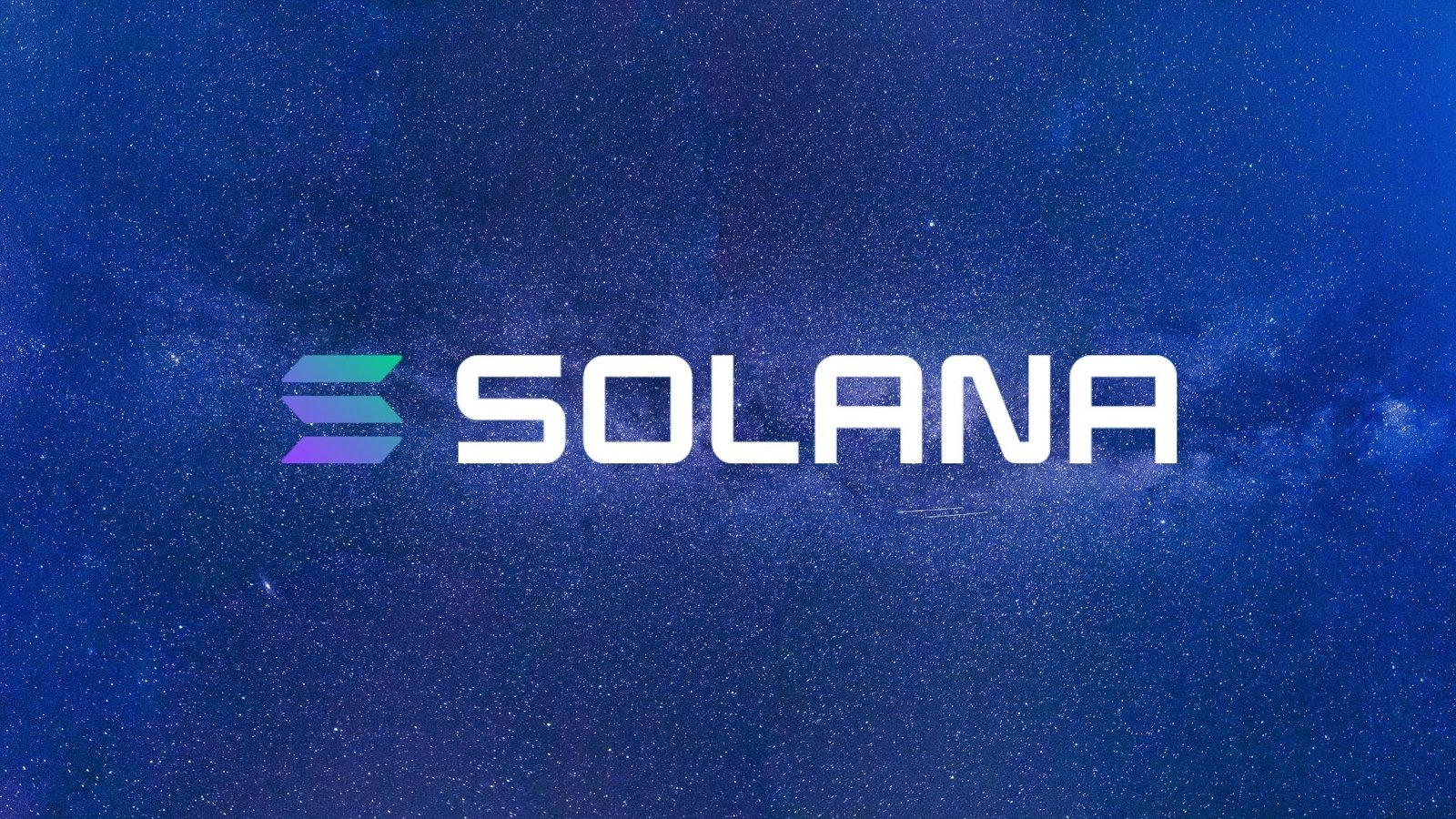Solana, the second-largest cryptocurrency by market capitalization, has faced challenges in breaking above the $150 resistance level. While the network has witnessed growth in certain areas, such as total value locked (TVL) and decentralized applications (DApps), these improvements have not translated into a significant price appreciation for its native token, SOL.
One factor hindering Solana’s price is the ongoing regulatory uncertainty surrounding spot Solana exchange-traded funds (ETFs) in the United States. The recent withdrawal of 19b-4 forms from Cboe Global Markets’ website has dampened investor enthusiasm for Solana ETFs.
The US Securities and Exchange Commission’s (SEC) stance on crypto ETFs remains challenging, with Chair Gary Gensler expressing concerns about market manipulation and investor protection. While a change in SEC leadership could potentially improve the prospects for Solana ETFs, the current regulatory environment poses significant hurdles.
Solana’s competitive landscape has also evolved, with other blockchains gaining traction. Ethereum’s average fees have dropped to a multi-year low, making it more attractive to developers and users. Additionally, the emergence of memecoin-focused blockchains and the launch of PayPal USD (PYUSD) on Solana have diverted attention and resources away from the network.
Despite these challenges, Solana’s ecosystem continues to expand. Several promising projects are being developed on the network, including Colosseum, a hackathon management platform, and DAWN, a decentralized broadband initiative. These projects have secured significant funding and demonstrate the ongoing innovation and development within the Solana ecosystem.
TVL Growth and User Activity
Solana’s TVL has reached its highest level since October 2022, indicating growing interest and investment in the network. However, it’s important to note that TVL growth does not necessarily correlate with increased user activity. Many DApps on Solana do not require substantial deposits from users, leading to a disconnect between TVL and actual user engagement.
Analyzing the number of unique active addresses interacting with DApps provides a more accurate picture of user activity. While some Solana DApps have seen growth in this metric, others, such as Helio, Solend, and Marginfi, have experienced a decline in recent months.
Solana’s price performance has been hindered by regulatory challenges, competition from other blockchains, and a disconnect between TVL growth and user activity. While the network has made progress in terms of ecosystem development and attracting new projects, these factors have not been sufficient to drive a significant price appreciation.
For Solana to realize its full potential, it will need to address regulatory hurdles, differentiate itself from competitors, and demonstrate sustained growth in user engagement and dApp activity.
Read Also: Stablecoin Giant Tether Combats Cybercrime, Seizes $108.8M


Comments are closed.